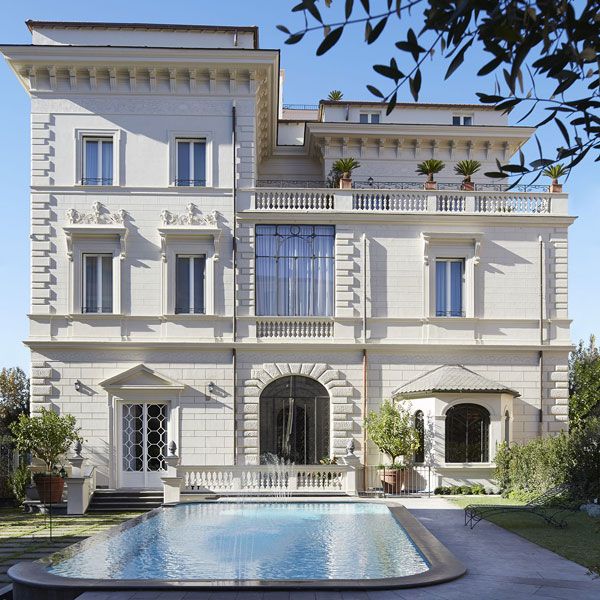COAT THERMAL INSULATION
Energy and acoustic requalification of buildings with thermal insulation system
The energy redevelopment of buildings offers the possibility of reducing energy specimens by offering significant savings on the cost of managing a building.
The thermal coat, also known as external insulation, consists of a series of insulating layers applied externally or internally to the buildings in such a way as to guarantee complete thermal and acoustic insulation. It is a system that, if correctly applied, guarantees considerable energy savings, maintaining high internal temperatures during the winter and preventing the heat from the external rays from entering the rooms in the summer. Moreover, equipping the house with a thermal coat increases the value in the real estate market by improving the energy class of attribution.
The arrangement of the insulation for the perimeter walls is particular because instead of being inserted into the inner part of the wall, it is positioned towards the outside in order to limit winter dispersion. Such laying is convenient from many points of view, for example to avoid condensation without having to resort to the use of vapor barriers which greatly reduce the ultimate breathability of the wall. In fact, with the insulation placed outwards, the flow of water vapor first crosses the less porous layers of the wall capable of reducing the effective pressure with their resistance so that it never reaches the value of Saturation Pressure.
Moreover, other conditions being equal, the thermal inertia of the wall improves, ie its ability to prevent abrupt changes in the external temperature from being transmitted internally with all their intensity and speed. Finally, with the insulation that externally wraps the walls, many of the thermal bridges that occur in most of the structural nodes in the case of insulation placed inside are eliminated.
CONSTRUCTION WORKS & MATERIALS
Art Deco - Coat thermal insulation

01

02

03

04

05

06

07

08

09

10

11

12

13

14

15

16

17

18

19

